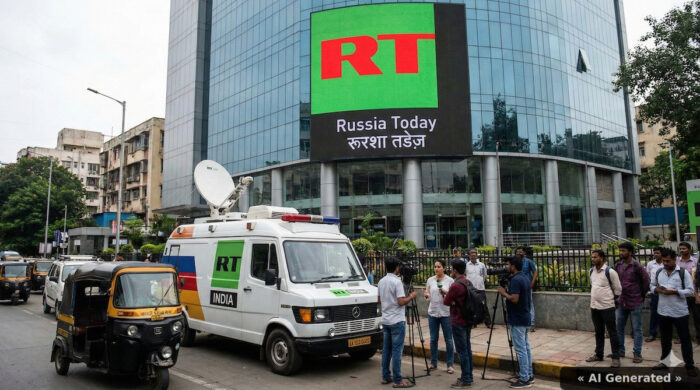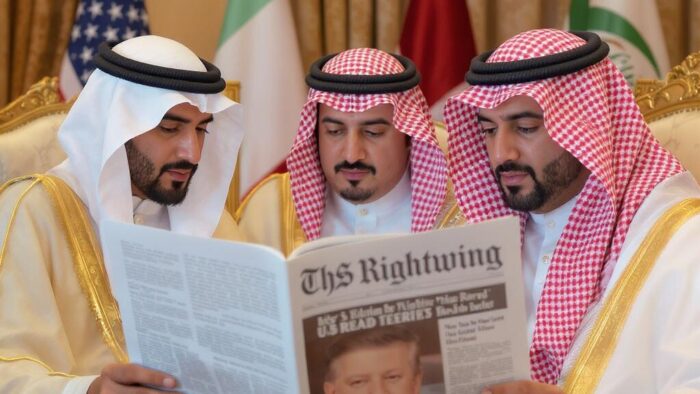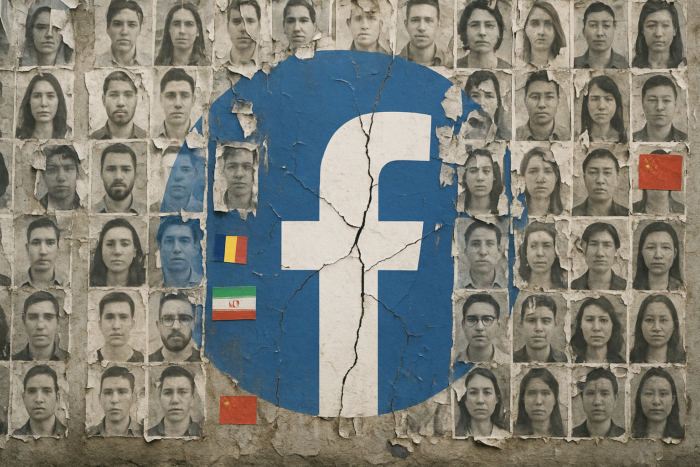EUvsDisinfo, a disinformation watchdog run by the European Union’s foreign service, is reporting that Russian state media outlets Sputnik and RT are expanding their social media presence to Telegram. According to a EUvsDisinfo report:
October 1, 2021 Different language versions of RT and Sputnik have created 30+ Telegram channels and have been actively promoting some of them for months, resulting in a 37 per cent increase in subscribers in 2021 alone. A wind of change has swiped across social media in recent times. First, major platforms like Twitter, Facebook, YouTube and WhatsApp embarked on changes on their terms of service, leading to greater moderation and labelling of the content on their platforms. Secondly, in the first months of 2021 a row over privacy freedom of expression and access to information online prompted an explosive rise of subscribers(opens in a new tab) to Telegram, a Russian-built and mostly unmoderated micro-blogging platform, presented as a safe haven and a popular medium. Pro-Kremlin outlets seized the opportunity to build their clout on home ground. Some were already active on Telegram; others decided to quickly hop on the bandwagon. The Telegram channel of Sputnik Germany (SNA news) started posting in December 2020, Sputnik International was established on 15 January this year, followed by Sputnik Italy, RT France and Sputnik France, raising the total of Telegram channels operated by different language versions of RT and Sputnik to over 30 by the end of August. In parallel Sputnik and RT started an intense cross-platform promotion: within 6 months RT International posted 2,600 tweets inviting users to join them on Telegram. Different language versions of RT and Sputnik published over 9,000 Facebook posts altogether that included a link to their respective Telegram presence and a call to follow the channel.
Read the rest here.
In 2017, the New York Times characterized RT as follows:
Analysts are sharply divided about the influence of RT. Pointing to its minuscule ratings numbers, many caution against overstating its impact. Yet focusing on ratings may miss the point, says Peter Pomerantsev, who wrote a book three years ago that described Russia’s use of television for propaganda. “Ratings aren’t the main thing for them,” he said. “These are campaigns for financial, political and media influence.” RT and Sputnik propel those campaigns by helping create the fodder for thousands of fake news propagators and providing another outlet for hacked material that can serve Russian interests, said Ben Nimmo, who studies RT for the Atlantic Council. Whatever its impact, RT is unquestionably a case study in the complexity of modern propaganda. It is both a slick modern television network, dressed up with great visuals and stylish presenters, and a content farm that helps feed the European far right. Viewers find it difficult to discern exactly what is journalism and what is propaganda, what may be “fake news” and what is real but presented with a strong slant.








